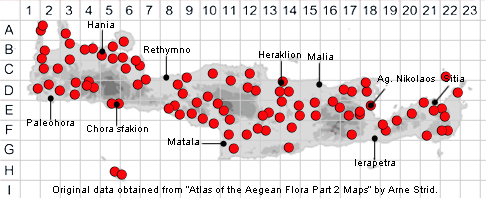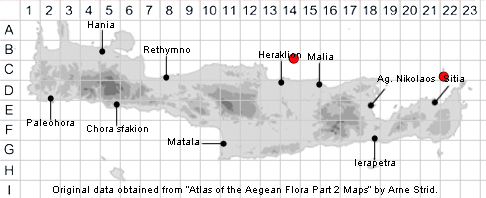SPECIES DESCRIPTION
MUSCARI COMOSUM
Including Muscari Dionysicum
Family and Genus:- See- HYACINTHACEAE/ Subgen. LEOPOLDIA
Common Names:- Tassel hyacinth
Homotypic Synonyms:- Hyacinthus comosus, Leopoldia comosa, Muscari
charrelii, Muscari cousturrieri.
Meaning:- Muscari (L) Musk-like (from the Turkish, moscos, fragrance).
Comosum (Gr) Long-haired, shaggy-tufted.
General description:- Short to medium, rather slender, bulbous perennial.
Bulb:-
1) 2-3.5 x 1.5-2.5 cm, deep-seated, usually without offsets; tunics pinkish.
Scape:-
1) 20-50 crn, erect, usually solitary.
Leaves:-
1) Basal, (2-)3-4(-5), shorter than or equalling scape, linear-lanceolate, generally 5-
15 mm wide, slightly canaliculate, glabrous.
Flower:-
1) Raceme, 8-20 cm at anthesis, rather lax.
a) fertile flowers, (l10-)20-40(-100), patent or slightly deflexed on pedicels 5-10(-
20) mm.
b) sterile flowers, long-pedicellate, forming a conspicuous, corymbose tassel;
both pedicels and perianth violet.
2) Perianth, 6-9 mm, broadly cylindrical, slightly widened at the apex into rounded
shoulders, violet in bud, at anthesis tawny brownish yellow in lower 2/3 and
somewhat darker distally; teeth pale yellow or cream.
Fruit:-
1) Capsule, 7-9 mm, broadly ovoid, distinctly emarginate.
2) Seeds, c. 2 mm, subglobose.
Key features:-
1) Sterile flowers, long-pedicellate, forming a conspicuous, corymbose tassel.
2) Fertile flowers, 6-9 mm
3) Leaves, linear-lanceolate, generally 5-15 mm wide.
Habitat:- Cultivated and fallow fields and olive groves, also in a wide range of semi-
natural habitats up to 1800 m.
Distribution:- Common throughout Greece. - Mediterranean area and SC Europe
through Anatolia to Iran and the Arabian Peninsula. Widespread and common on
Crete.
Flowering time:- Mar-June.
Photos by:- Steve Lenton
MUSCARI DIONYSICUM
Homotypic Synonyms:- Leopoldia dionysica.
Meaning:- (Gr) After the Olympian God of wine and madness.
Resembling Muscari comosum, but differering in the following characters
1) Plants, large and broad-leaved.
2) Bulb, generally 3-6 cm in diam.
3) Fertile flowers, large (7-12 mm), on long pedicels; teeth, bright yellow to cream;
4) Sterile flowers, rather well developed.
5) Capsule valves, triangular-ovate in cross-section.
Habitat:- Cliff ledges and rocky limestone slopes, mainly on small islands, 0-200
Distribution:- Probably endemic to the mapping area.
Flowering time:- April-May.
Photos:- See Gallery
~~~~~~~~~~~~~~~~~~~~~~~~~~~~~~~~~~~~~~~~~~~~~~~~~~~~

